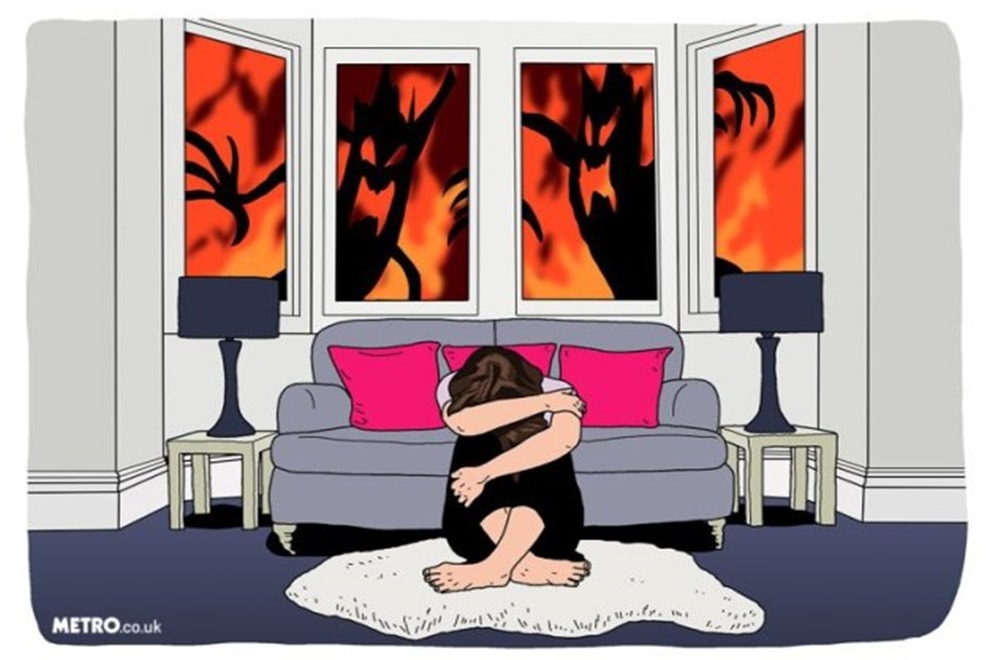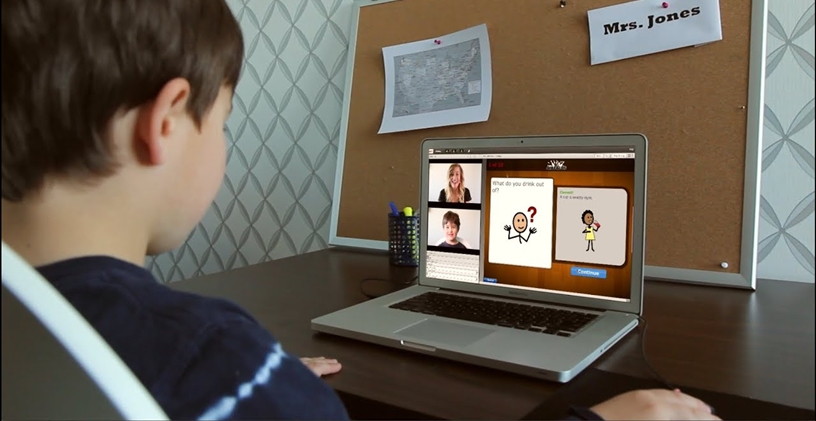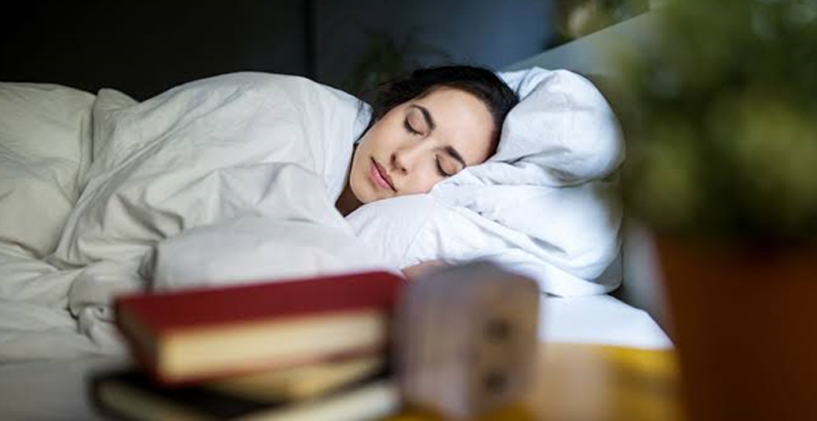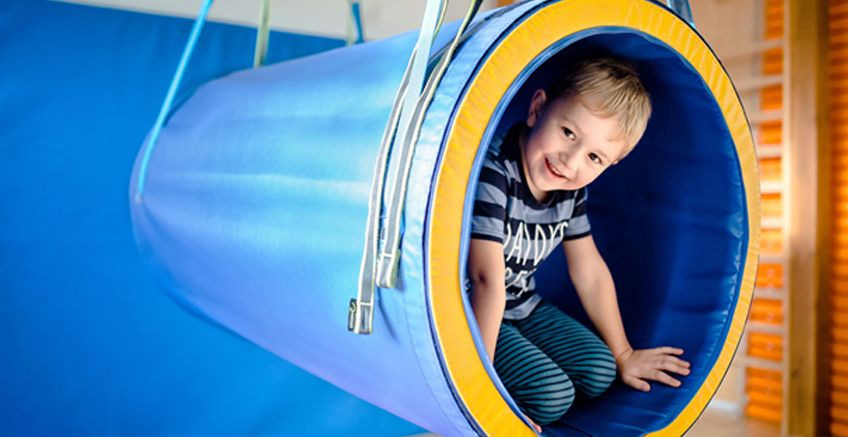The Link Between Agoraphobia and Fear of Leaving the House

Often mischaracterized merely as a "fear of leaving your house," agoraphobia is actually a disorder that encompasses the anxiety of being in certain situations for which escape is difficult or potentially embarrassing, or where help is not readily available. More specifically, the focus is on the fear of having a panic attack in such situations.
Diagnosis
Agoraphobia is the fear of being in places or situations from which escape might be difficult (or embarrassing) or in which help may not be available in the event of an unexpected panic attack. Although it is an anxiety disorder that can occur on its own, it’s commonly a complication of panic disorder.
While many people assume agoraphobia is simply a fear of open spaces, it’s actually a more complex condition. In actuality, someone with agoraphobia is afraid to leave environments they know or consider to be safe. What’s considered "safe" and "unsafe" varies depending on the person, but some types of situations that people with agoraphobia commonly consider "unsafe" include:
- Being alone outside the home
- Being in a crowd or standing in a line
- Being on a bridge
- Traveling by bus, train, or automobile
The fear associated with agoraphobia is so intense that a person will usually go to great lengths to avoid these situations. These avoidance behaviors can grow over time, significantly impairing the person’s quality of life.
In the most extreme cases, agoraphobia can develop into a fear of leaving one’s house altogether. The person’s home becomes their “safe zone,” and they may avoid leaving their home for days, months, or even years.
Coping
While not a substitute for professional treatment, for those who may otherwise receive no help, self-help is a good starting point. The self-help strategies for agoraphobia outlined below can be used at home to help manage your symptoms.
Learn Relaxation Techniques
By learning and practicing relaxation techniques, you could reduce the level of your anxiety and the frequency of your panic attacks. You may even be able to defuse an attack in the making.
Some popular relaxation strategies include deep breathing exercises, progressive muscle relaxation, yoga, mindfulness meditation, and visualization. These skills are generally easy to learn and can be practiced for short durations of time to effectively reduce anxiety.
Keep Stress in Check
Stress and anxiety seem to go hand in hand—increase one and the other will soon follow. Relaxation techniques can help you manage stress and anxiety in the moment and may also be helpful to deal with your stressors head-on. Identify those things causing you the most stress in your life so you can create a plan to eliminate them.
Practice Systematic Desensitization
The goal of systematic desensitization is to become gradually desensitized to the triggers that are causing your distress. The process usually starts with imagining yourself in progressively more anxiety-provoking situations and using relaxation techniques to combat your feelings of anxiety.
Once you have successfully managed your anxiety in your imagination, you can use your relaxation techniques in real-life situations. This technique can be learned through a variety of self-help resources and applications, but it can be more helpful to learn desensitization through the guidance of a professional therapist.
If you experience extreme anxiety or symptoms of agoraphobia, don’t wait too long to seek help from a mental health professional. While it can be tempting to think you can solve this all on your own, often people need additional support in the form of therapy or medication to successfully manage agoraphobia.
References
This article is written by Sheryl Ankrom. You can find the original version of this article from here.







